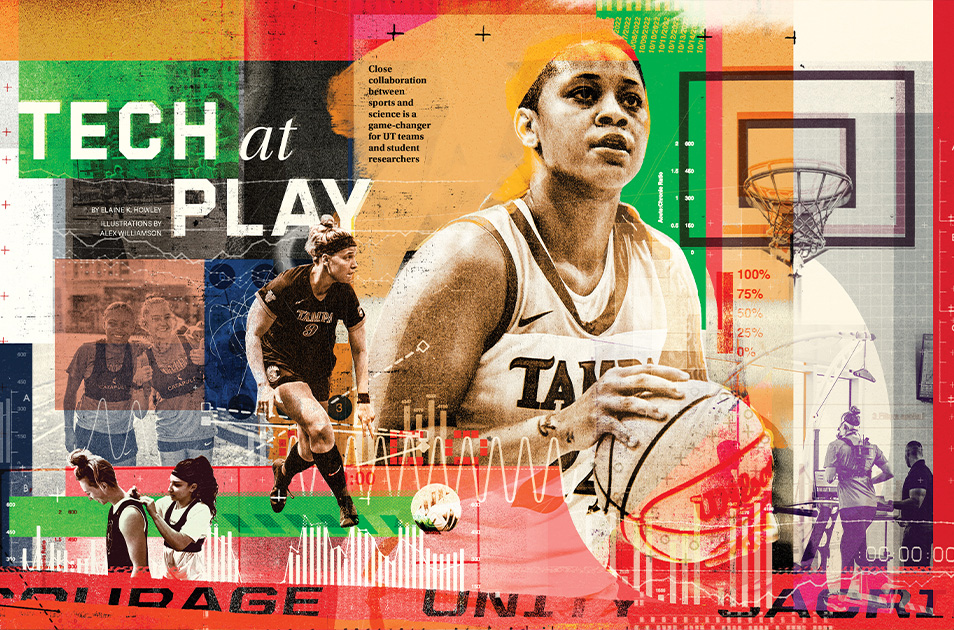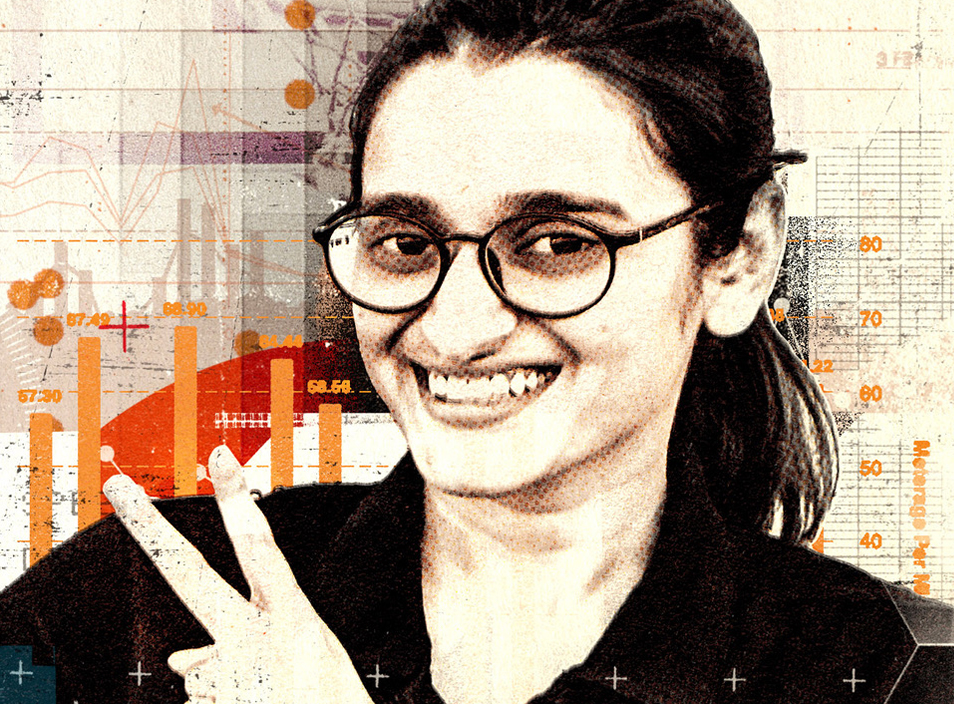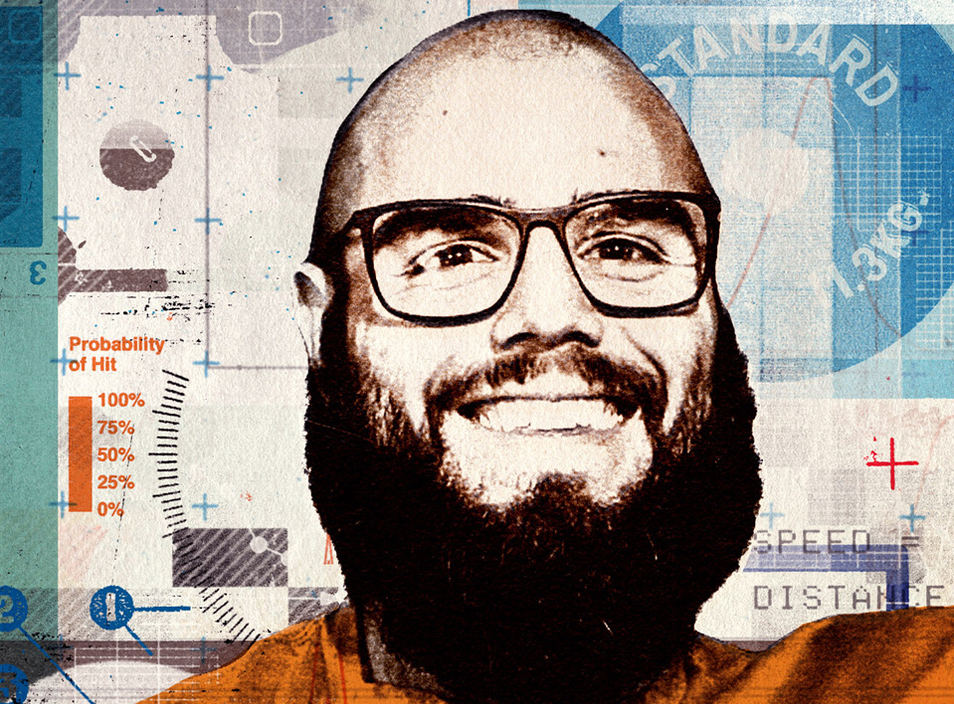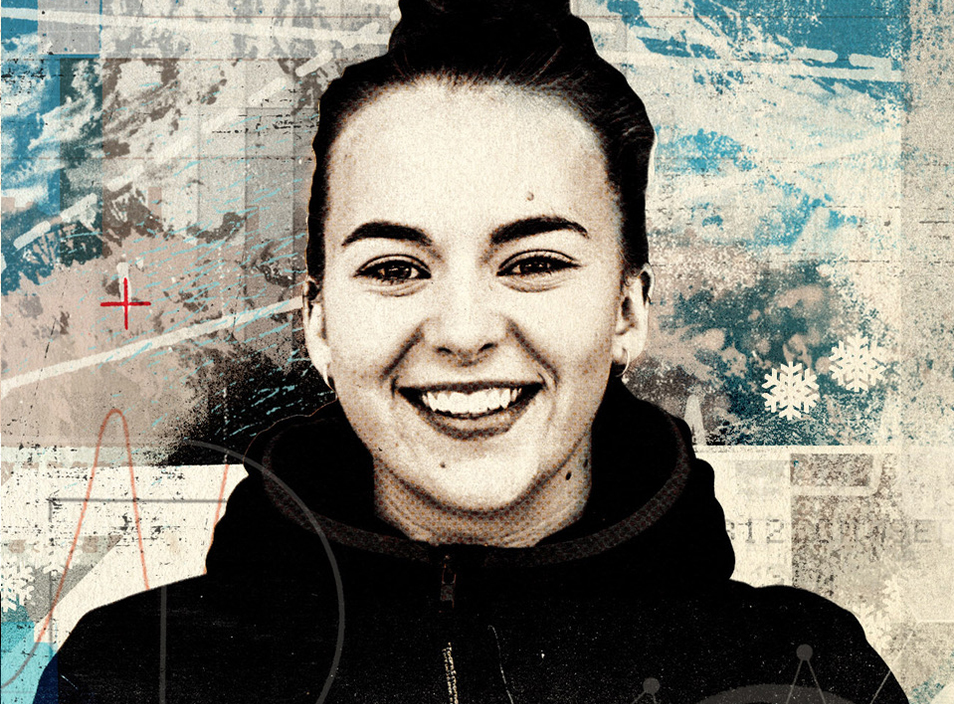Contact us
401 W. Kennedy Blvd.
Tampa, FL 33606-13490
(813) 253-3333
Close collaboration between sports and science is a game-changer for UT teams and student researchers




More UTampa News